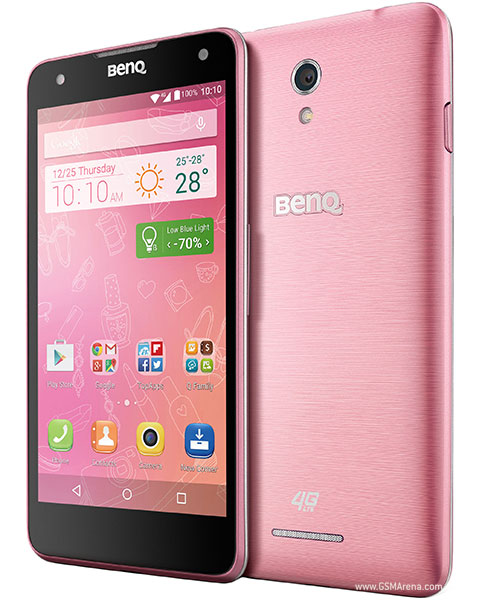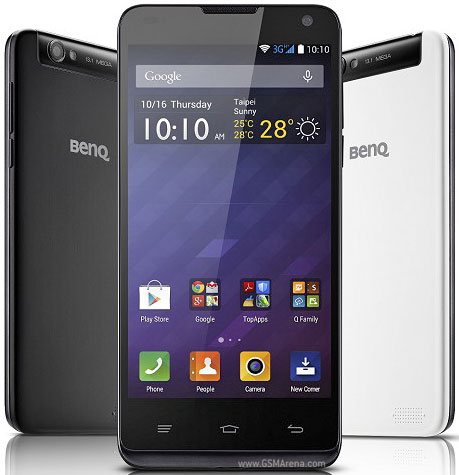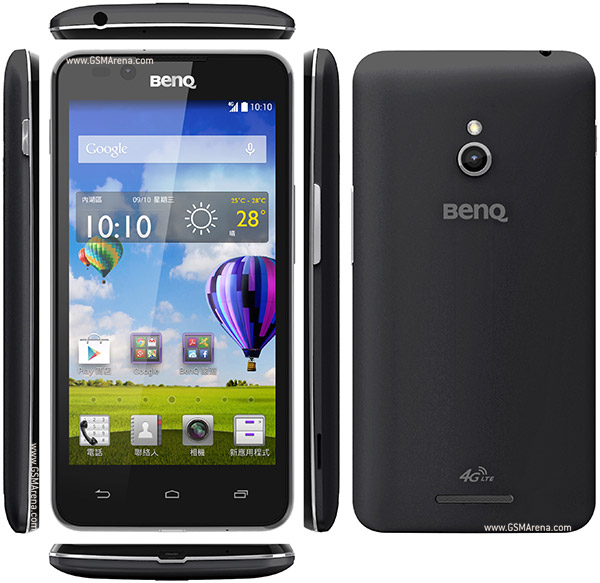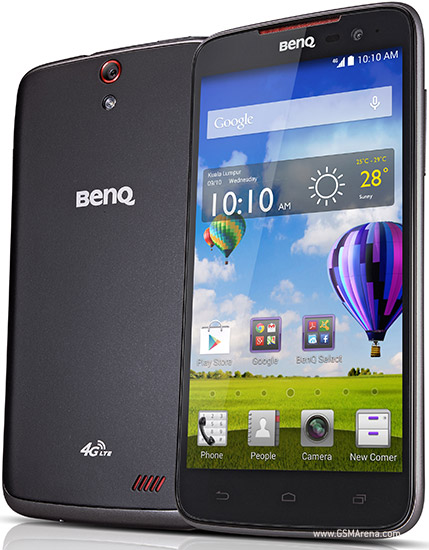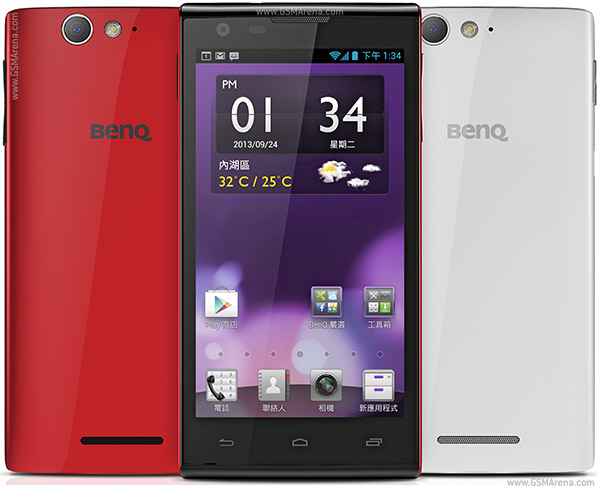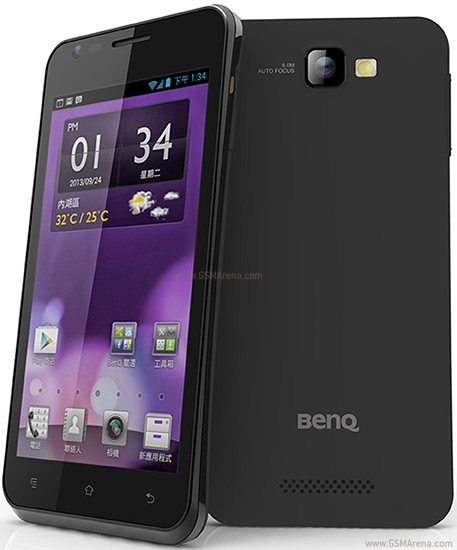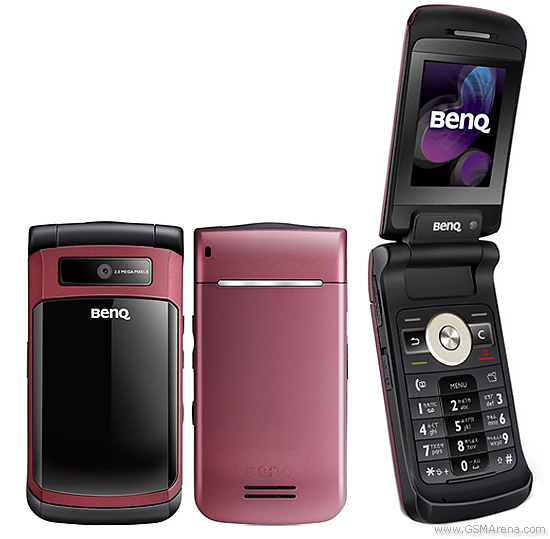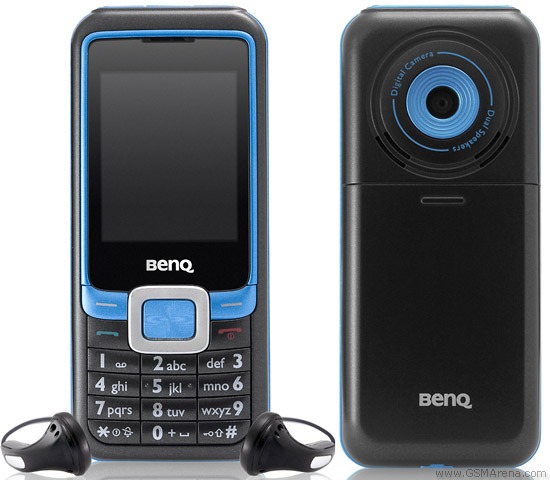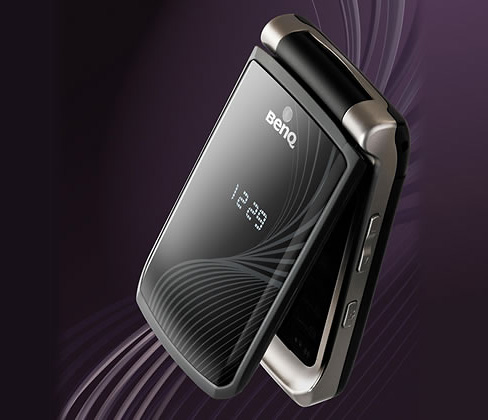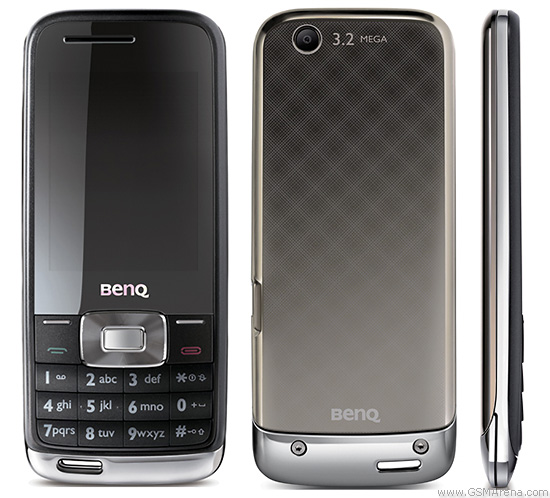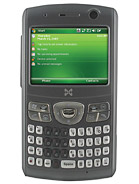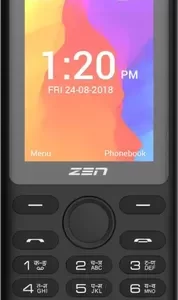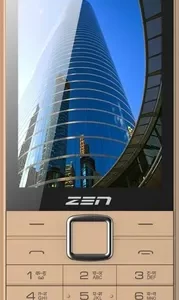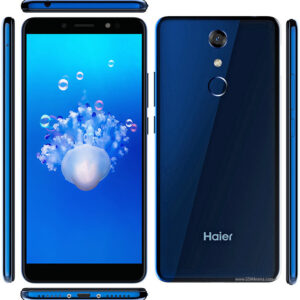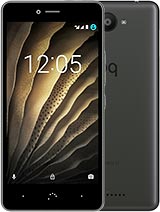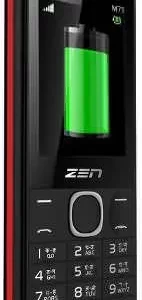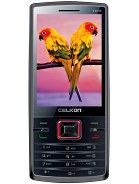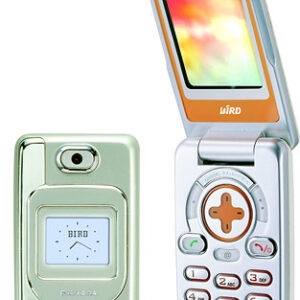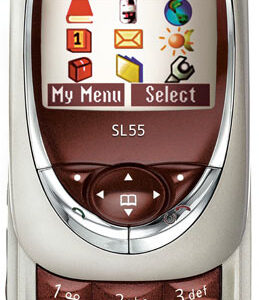BenQ U700 Overall Review
Introduced in the first quarter of 2005, the BenQ U700 is a notable entry in the mobile phone market of the mid-2000s, showcasing the design and technology trends of the time. It sports a 2.0-inch TFT display, offering a resolution that was quite adequate for daily tasks, multimedia viewing, and gaming during that era. The U700 is equipped with a 1.3 MP primary camera, enabling users to capture photos with modest quality by contemporary standards.
The device was powered by a 1000 mAh battery, which was sizable for the period, providing users with sufficient battery life for calls, texts, and light multimedia use. With regards to storage, the phone offered internal memory that could be expanded via a microSD card, allowing for additional space for photos, music, and contacts.
Connectivity options on the BenQ U700 were focused on the essentials, with support for GSM networks, allowing for voice calls and SMS, alongside basic internet browsing capabilities. The phone’s design reflected the style of the mid-2000s, with a focus on simplicity and functionality, appealing to users looking for a straightforward mobile experience.
BenQ U700 Pros and Cons
Pros:
- Compact and stylish design, appealing to mid-2000s aesthetics.
- The 1.3 MP camera provided users the ability to capture moments on the go.
- A 2.0-inch TFT display was suitable for the phone’s basic functionality and multimedia content.
- Expanded storage via microSD card offered flexibility for additional media and data.
Cons:
- Limited by the technological standards of the mid-2000s, resulting in modest performance capabilities.
- The camera’s quality is low by modern standards, limiting photo clarity and detail.
- Basic connectivity options, reflecting the era’s mobile internet capabilities.

